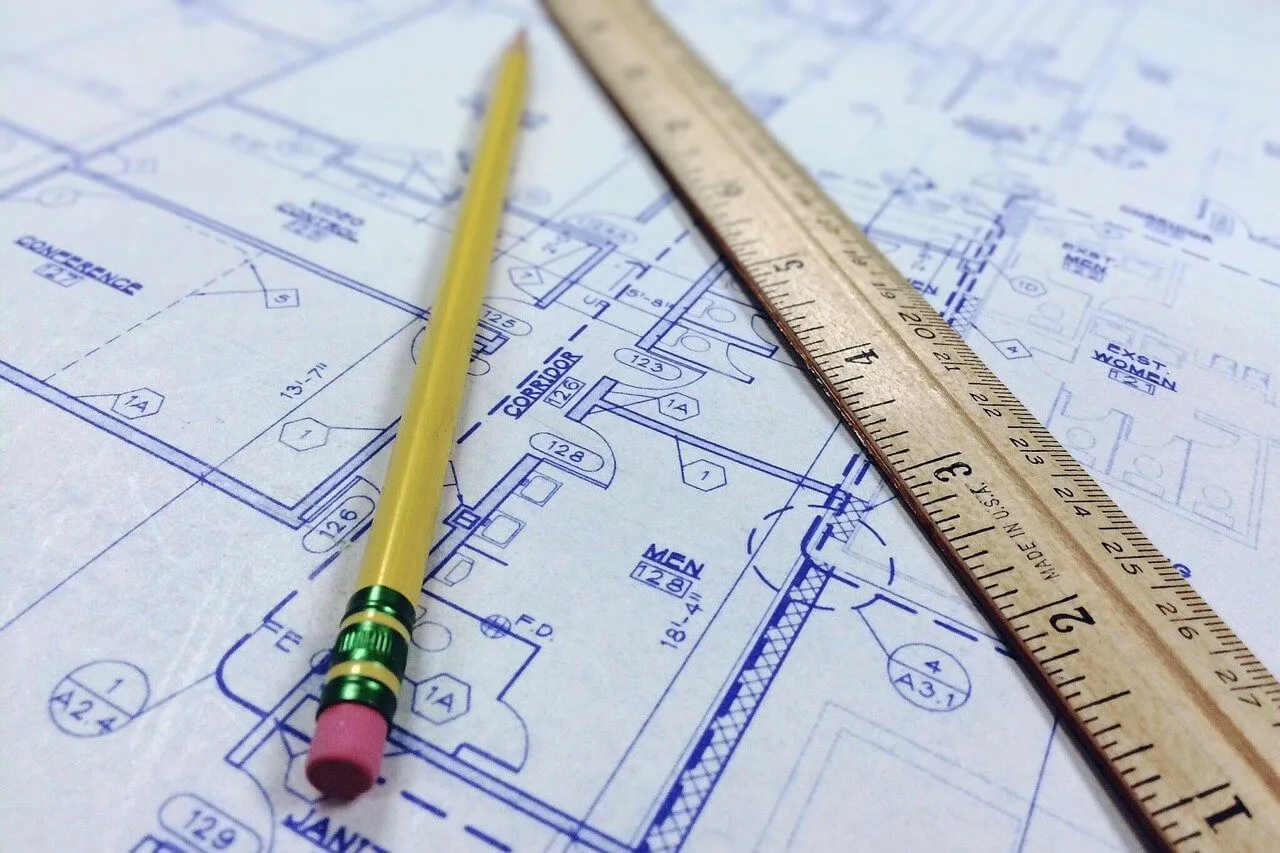An architect schedule is crucial for ensuring project deadlines are met and client expectations are managed effectively. To create an efficient schedule, architects should identify project stages, establish clear milestones, and allocate resources wisely. Key stages include planning, design, construction, and post-construction. Effective communication with clients and regular progress reviews are essential to avoid delays. Using project management tools like Bonsai can streamline scheduling and task management. By following these strategies, architects can enhance project delivery, reduce costs, and improve client satisfaction, ultimately leading to successful project outcomes.
Why is it so important to schedule an architect project? Well, the project schedule helps you and your client understand each other's requirements and expectations.
If you're not able to do that, the project is likely to miss its deadline and end up costing both of you more than necessary.
The article has tips for ensuring that your architecture project schedule doesn't miss deadlines and we'll show you an architecture project schedule example to follow. Following these tips, you can easily schedule the project to meet its deadlines.
Note: if you are an architect firm who could use task management, proposal, contract, invoice, and tax tools to help you run your business smoother, try Bonsai. Bonsai is an all-in-one project management software that can take some headaches away from running your business. Claim your 7-day free trial here.
What Are The Stages Of An Architect Project?
There are typically four stages to an architectural project:
- Planning
- Design
- Construction
- Post-construction.
The project schedule can vary depending on the project's architecture. However, the general order of events is always similar. Later in the article, we'll go over each phase and give scheduling tips.
Architect Project Schedule Example
An example project timeline for an architectural project is as follows:
- Planning Phase : 3 to 12 months
- Design Phase : 3 to 8 months
- Construction Phase: 4 to 15 months
Review some of the top project management apps for architects to help you throughout each phase.
Project Planning Example
Let's breakdown all the things you need to consider when you are project planning.
Understanding Your Client's Requirements
You must understand your client's requirements and ensure your designs meet their standards. It's also important to consider any special requests or customizations that clients may request.
Ensure that you understand the project scope from the very beginning and to keep track of all client deliverables.
Establish milestones and deadlines
Milestones and deadlines are important in a construction project, both for the client and the architect. Make sure you communicate them clearly, so there are no misunderstandings or disagreements later on.
Keep clean records of all conversations, meetings, emails, and other related information to avoid confusion or disputes. Always keep your client's deadlines in mind when designing your project - this will ensure that everything runs smoothly from beginning to end.
Investigating potential design constraints
Investigating potential design constraints such as space availability, specific materials, and budget constraints. This step will help prevent any unforeseen issues during or after the project is completed.

Developing a Project Schedule
A project schedule encourages you to coordinate with all stakeholders. Ensure to include all necessary contingencies in case things get complicated or need a lengthy process.
It is essential to prioritize and set specific project goals. Once you have decided on your objectives, ensure they are measurable and achievable. Assign each task a due date and ensure everyone knows about it.
Setting realistic deadlines will help everyone understand what they need to do and the time frame. It's also helpful to break a large project into smaller parts so that everyone understands the task and can get started on it immediately.
If things start going wrong, don't be afraid to adapt your entire project schedule accordingly. Always try to keep everything on track and minimize delays. Staying on top of deadlines is crucial for business development and client satisfaction.
Note: if you want some task management tools to help you run and organize your projects, try Bonsai. Bonsai's product-suite could help you run your architect business much simpler. Claim your 7-day free trial here.
Get organized
Using the right scheduling software and effective project management will help you stay on track and achieve your objectives.
Gantt charts can be extremely helpful when it comes to creating a schedule. You can find a free Gantt chart template on the internet to help you or your contractors help make a construction schedule.
Additionally, project managers should revise the schedule regularly based on progress reports from team members and feedback from stakeholders. Stability in planning is essential for any successful project!

Design Process: Preparing the architectural drawings
As an architect designer, your drawings must be precise and accurate to avoid any delays or disputes in the future. Use industry-standard symbols. Doing so will make the project managers and everyone involved easier, from the structural engineer, mechanical electrical, and general contractor to clients and stakeholders.
Clear and concise language in your drawings will help everyone understand them easily.
Discussing the project timeline with your client
Discuss the project timeline with your client so everyone knows the expectation. Always keep a copy of the original plan and any revisions so that you can track the project's progress and stay on schedule.
Regular contact with your clients is essential, especially when the completion date is close. Let them know about any changes you have made or what delays may occur.
As a professional architect, effective communication will make sure both parties remain happy and satisfied with the project outcome!

Creating a timeline for construction
Depending on the architecture project, you can customize timelines, so it's essential to consult with the contractor.
Creating a collaboration timeline with contractors will help minimize potential conflicts and ensure a smooth construction process. Make sure you have a solid project management plan to help ensure everything goes as planned.
Also, you can use the critical path method (CPM), which allows team members to plan their work more efficiently.
Setting aggressive yet achievable goals.
Deadlines are adjustable according to any potential setbacks that might crop up along the way. Doing so can keep you and the construction team stay motivated and driven towards the same goal throughout the process.
Establishing milestones and deadlines
Different types of projects require different timelines. Commercial projects should have short timelines, while residential ones might take longer.
A timeline for the construction phase will help keep everyone on track and ensure minimal disruption during the actual process.
Meeting deadlines as soon as possible helps avoid stress among all involved in the project, from architects to general contractors!
Allocating resources accordingly
The project manager should prioritize resource allocation to ensure the best results. Allocating resources to maximize return on investment is essential for a successful project.

Estimating the project cost
Planning begins with determining necessary materials and equipment, then adding in labor costs and other associated expenses. Make sure you have a realistic estimate before starting construction, as this will save you time and money in the long run.
You can follow these tips to make the cost estimation process easier:
1. Estimate the cost of each project element meticulously, even down to the smallest details.
2. Ensure you have the detail of all costs and documentation backs up all figures. This will come in handy when tax season rolls around. Bonsai's architect accounting software can help you keep clean records of all these expenses.
3. Stay organized throughout the process by keeping track of milestones, deadlines, Etc.

Managing changes during construction
Changing anything during a project can be chaotic and stressful, but everything must go smoothly. To see to it that everything goes as planned, follow these tips:
1. When something changes, communicate it as quickly as possible so that everyone knows what is happening and they can make the best decisions possible.
2. Establish clear guidelines for work, and make sure everyone knows them.
3. Make a schedule of when each crew member should take their break, and stick to it!
4. Establish a system for managing changes so everyone is on the same page and understands what needs to do to meet deadlines.
Keep in mind always best to consult the team before doing anything significant. Doing so will help avoid any potential misunderstandings or conflict down the line.
Preparing all the necessary documents and files
Prepare documents such as making copies of permits, drawings, and contracts. Ensure you have everything ready before starting your project.
Make sure the team knows each deadlines, from architects to construction workers.
By getting everything in order early on, you reduce the chances of having to re-start a project from scratch due to missed deadlines or unforeseen complications.

Communication during the project
A successful architecture project depends on good communication. Make sure you have regular contact with your contractor to avoid any misunderstandings.
You have to set clear and regular communication channels in place. Team meetings are necessary to keep everyone on track and meet deadlines.
How Can You Make Sure Your Architecture Project Doesn't Miss Its Deadlines?
You can following steps to ensure your project doesn't miss its deadlines:
- You need to schedule the project so that you and your client understand each other's requirements as well as expectations.
- Ensure you have all the necessary approvals required for the project.
- Be prepared to work with various contractors during the project's construction phase.
Set Up An Architecture Project Schedule
You can set up an architecture project schedule by following these steps:
- Identify the project stages: planning, design, construction, and post-construction.
- Determine the duration for each stage.
- Assign durations based on your client's requirements and your timeline.
Conclusion
Architecture projects can be very time-consuming, often leading to missed deadlines. Understanding your client's requirements and keeping communication open throughout the project is crucial.
The architect and client communicate constructively so everyone can make informed decisions during construction.
Make sure to stay on top of the deadlines so the construction project stays on track and meets its goals.







